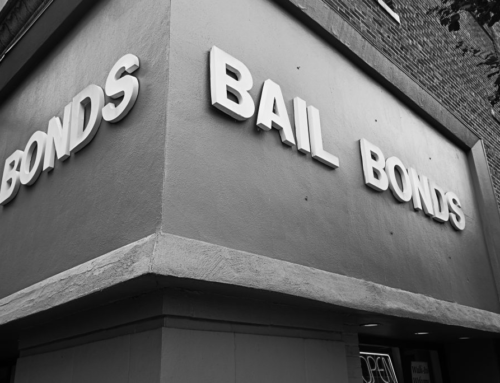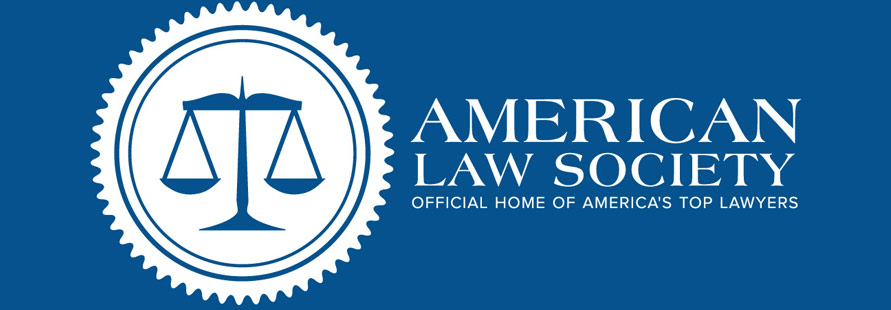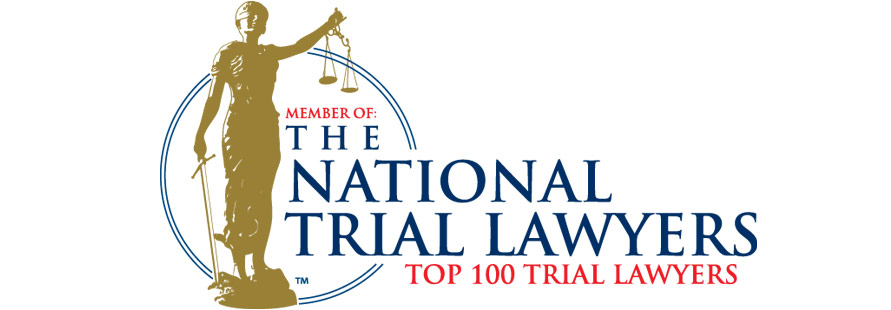 You’ve seen the billboards and the TV ads, but until you find yourself facing incarceration for crimes you are accused of, you probably don’t know the specifics of how bail bonds and other release options work.
You’ve seen the billboards and the TV ads, but until you find yourself facing incarceration for crimes you are accused of, you probably don’t know the specifics of how bail bonds and other release options work.
There are three basic release options after booking.
Release Options
- Cash bail. This means that you give the court or jail the amount of cash you are being held for. This option is attractive for the court/jail because cash bail provides a strong incentive for the accused to appear in court. If the accused makes it to each court appearance, he or she gets the cash back.
- Surety bond. This is what people are talking about when they refer to bail bonds. In this process, the defendant signs a contract with an insurance company. That insurance company agrees to pay the bond forfeiture fees if the defendant does not appear in court. The defendant has to pay a premium to the insurance company for the service. The premium is typically 10 percent of the total bond. With surety bonds, the insurance company has an incentive to ensure that the defendant makes it to court, so bondsmen will often take steps to make sure the defendant is aware of court dates and, in some cases, will assist on finding someone who has skipped bail to avoid paying the forfeiture fees.
- Release on own recognizance (O.R.). This is a pre-trial release program where the county or law enforcement agency interviews the defendant to determine whether the defendant is likely to appear in court. O.R. bonds are typically for low level offenders, indigent offenders, offenders with serious medical conditions or defendants the police hold for a long time without formal charges.






